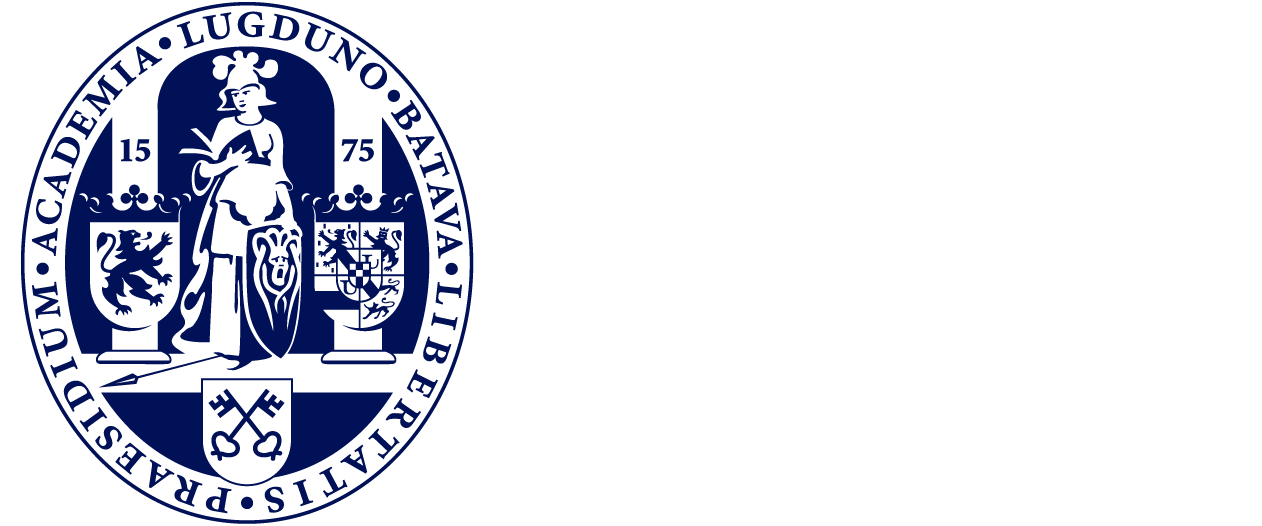Webinar on November 15, 2023, 3:00 pm UTC+1
Photothermal Heating for Microbubble Formation and Microfluidic Control
Microbubbles can be a powerful tool for driving small amounts of fluid (microfluidics). For example, applying a temperature gradient to microbubbles creates a surface tension gradient that generates Marangoni flow. In addition, rapid changes in the size of microbubbles due to phase transitions or the high compressibility of gases can also powerfully drive the ambient fluid. Photothermal heating is well suited to control such microbubble behavior by tuning the local temperature distribution. When focusing a laser on light-absorbing thin films or nanoparticles, the laser spot or the particles can be used as localized heat sources. The heat generation density distribution of these heat sources can be easily varied depending on the intensity and irradiation area of the light, which allows precise control of the position of bubble formation and the temperature gradient on the bubbles. We previously showed that photothermal heating can control Marangoni convection around air microbubbles [1]. We have also demonstrated the generation of flows on the order of 1 m/s around vapor bubbles in degassed water [2] and the control of the direction of these flows [3]. In this presentation, including these results, we would like to show how sensitive bubbles are to photothermal heating conditions [4].
1. K. Namura, et al., Appl. Phys. Lett. 106, 043101 (2015).
2. K. Namura, et al., Sci. Rep. 7, 45776 (2017).
3. K. Namura, et al., Adv. Mater. Interfaces 9, 2200200 (2022).
4. K. Namura, et al., Adv. Mater. Interfaces 7, 2000483 (2020).


